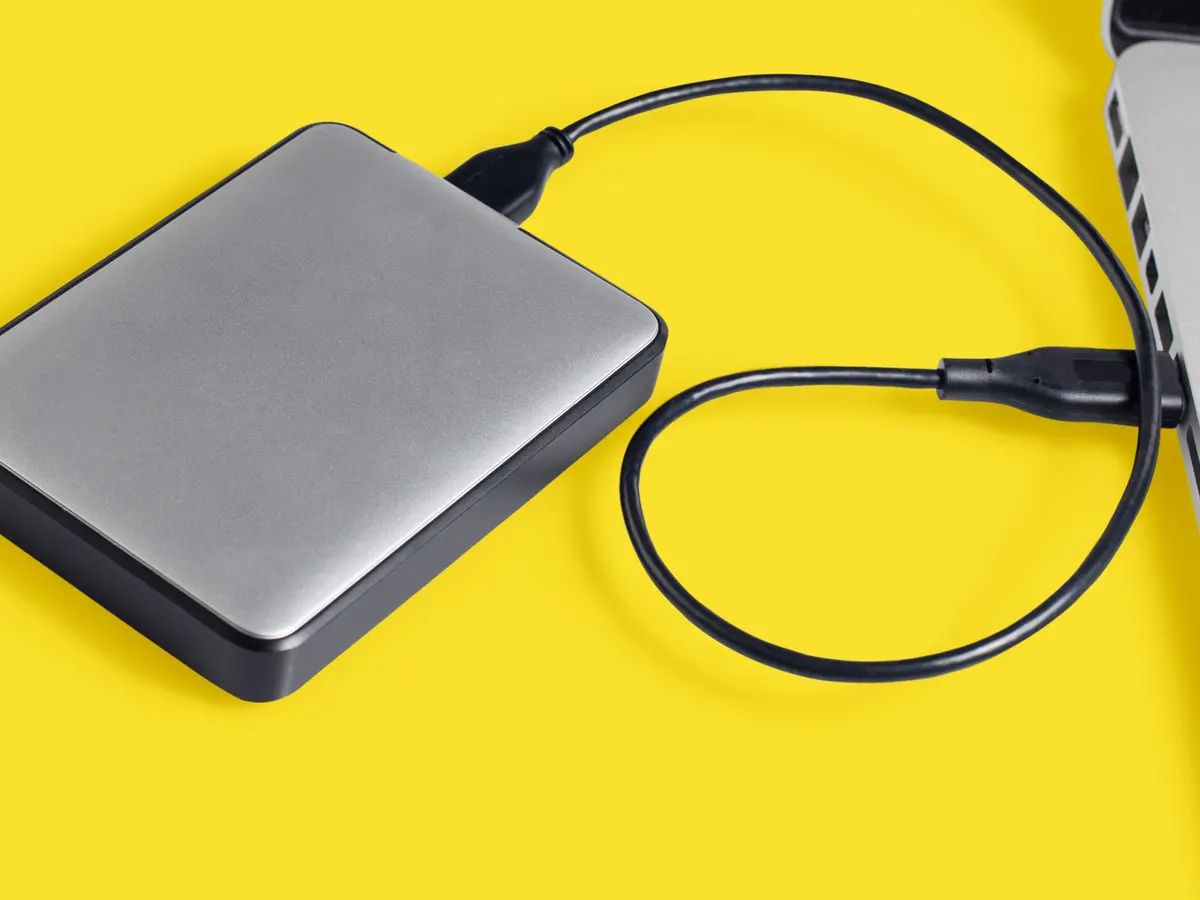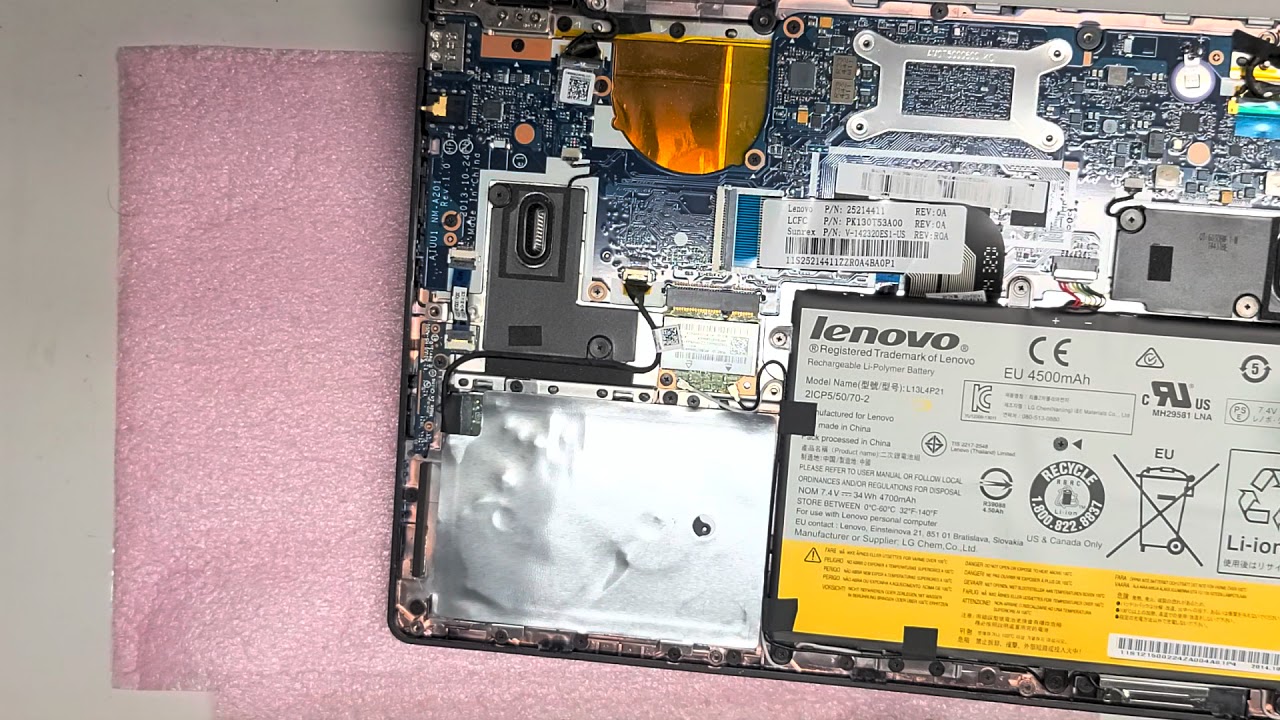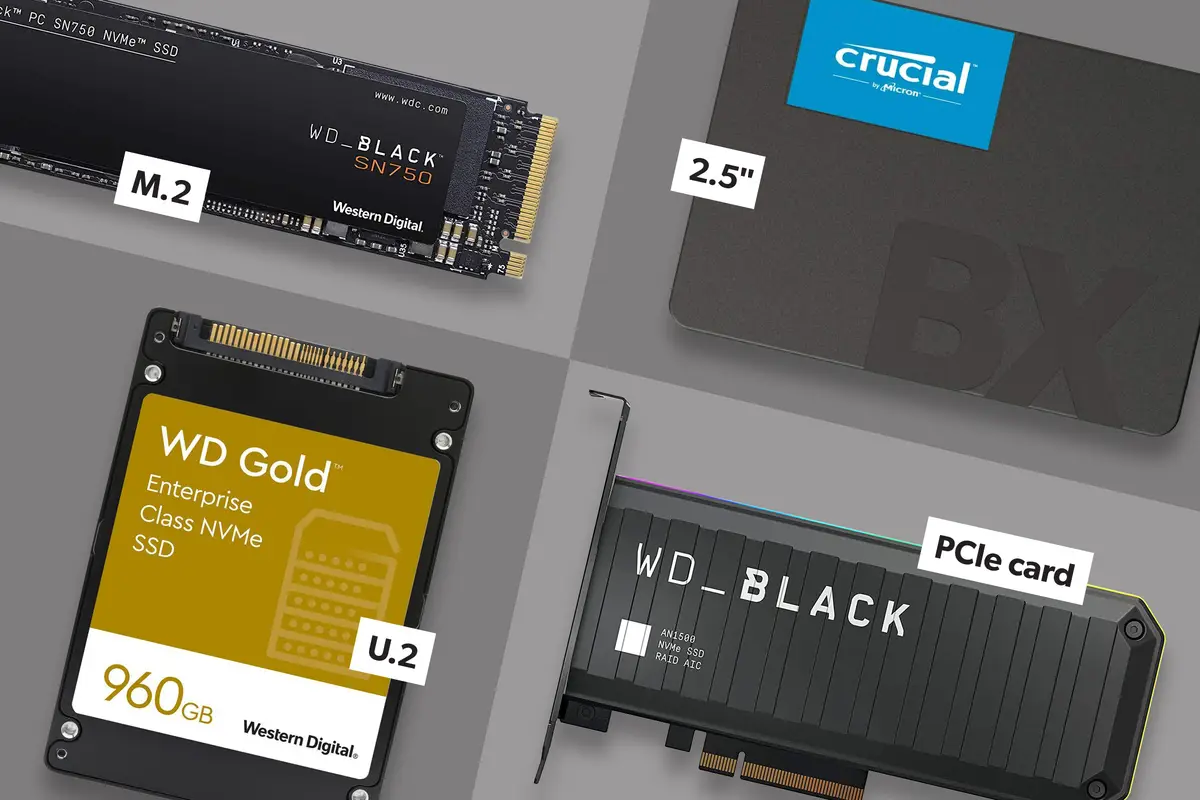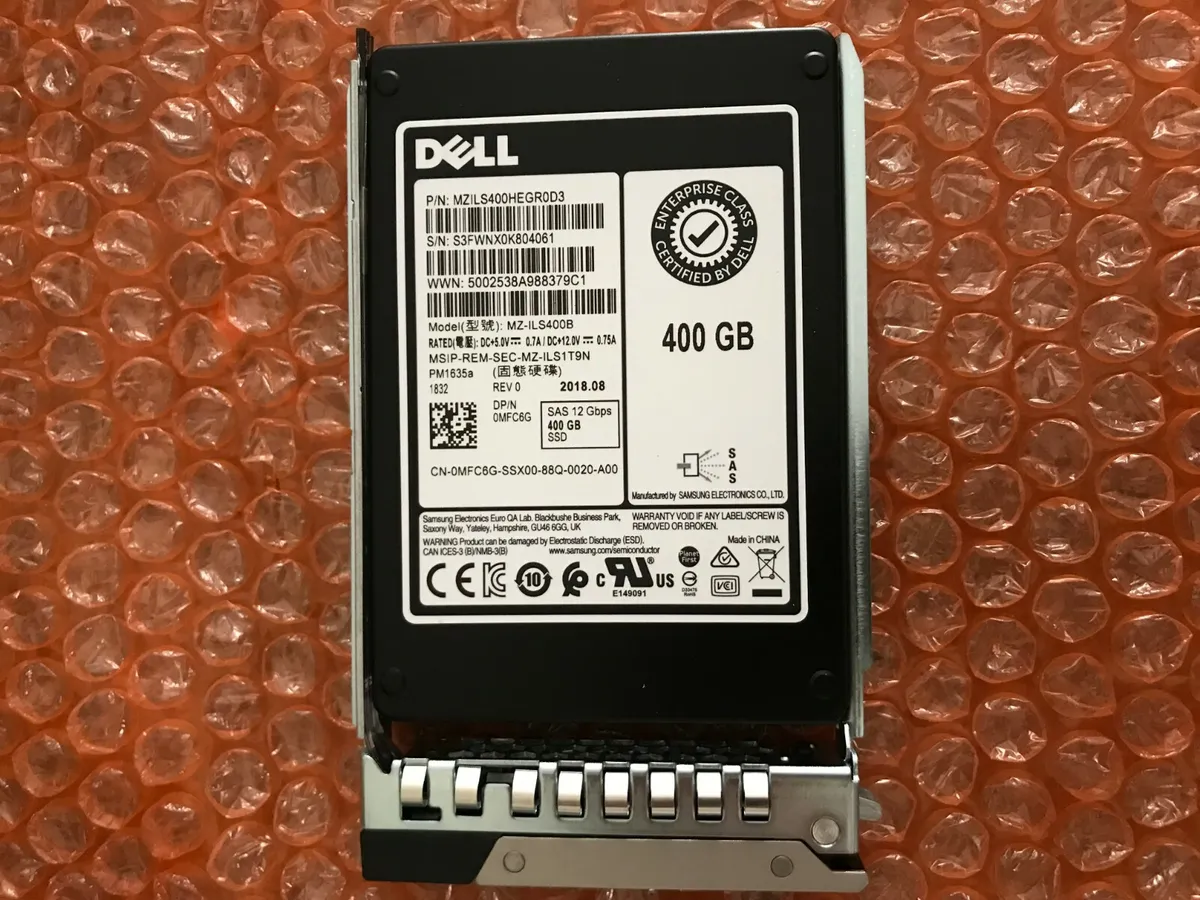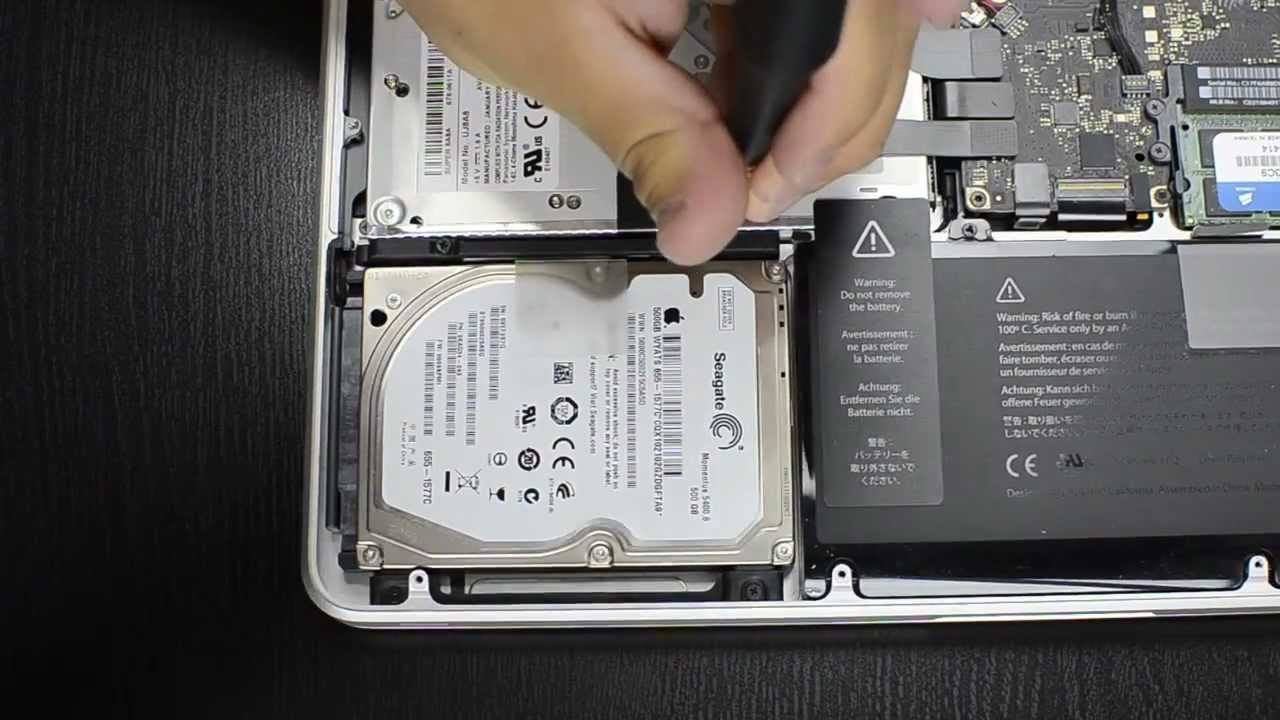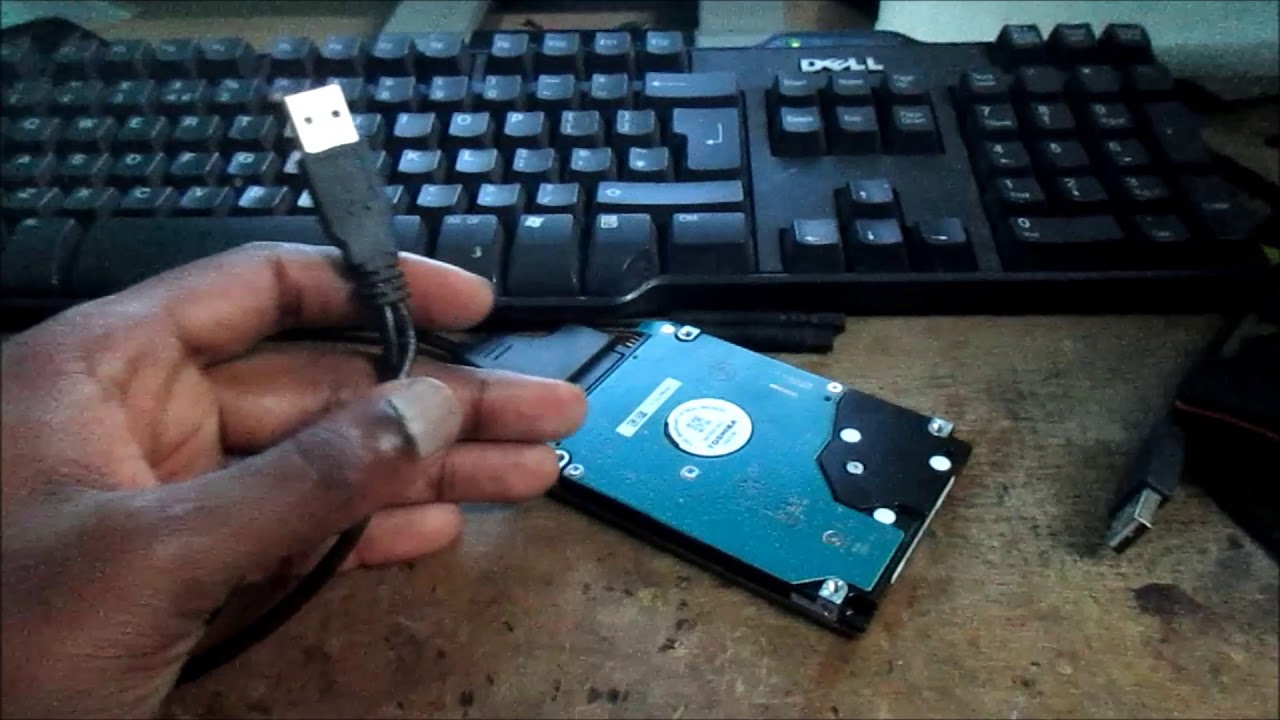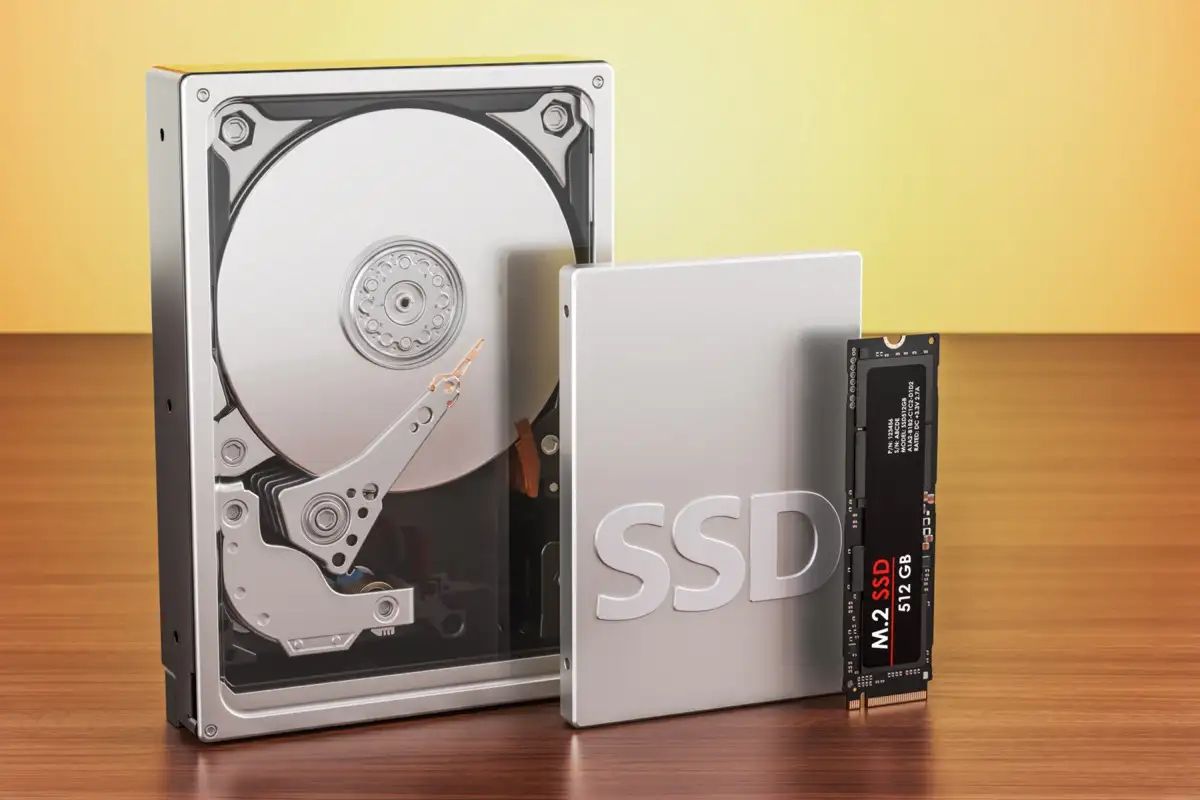Introduction
Welcome to the world of peripheral devices, where technology seamlessly connects and enhances our everyday lives. One crucial peripheral device that has become an integral part of modern computing is the Hard Disk Drive (HDD).
A peripheral device is any external device connected to a computer or a network that complements its core functionalities. These devices aim to extend the capabilities of the computer by providing additional features and functions. They can be used for input, output, data storage, or any other essential tasks that enhance the computing experience.
Among the numerous peripheral devices available today, the Hard Disk Drive stands out as a fundamental component for data storage. An HDD is a non-volatile storage device that stores and retrieves digital information using rapidly rotating disks, called platters, coated with magnetic material.
The Hard Disk Drive is known for its high-capacity storage capabilities, making it an invaluable asset for individuals and organizations alike. It plays a vital role in storing operating systems, software applications, documents, media files, and other data required for day-to-day operations.
To understand the significance of Hard Disk Drives, it is essential to delve into their characteristics and components. Additionally, learning how they function and the advantages they offer can help individuals make informed decisions regarding their storage requirements. Let’s explore the fascinating world of Hard Disk Drives and the role they play in modern computing.
Definition of Peripheral Device
A peripheral device, in the context of computing, refers to any external device that is connected to a computer or a network. These devices are designed to enhance the core functionalities of the computer by providing additional features and capabilities. They expand the ways in which users interact with and utilize their computers.
Peripheral devices can serve various purposes and can be classified into different categories based on their functions. Common types of peripheral devices include input devices, output devices, storage devices, and communication devices.
Input devices are used to input data or commands into the computer system. Examples of input devices include keyboards, mice, scanners, and digital cameras. These devices allow users to enter text, move the cursor, scan documents, and capture images, among other functions.
Output devices, on the other hand, display or present information generated by the computer system. Monitors, printers, speakers, and projectors are examples of output devices. They enable users to view text, images, videos, and audio produced by the computer.
Storage devices are used to store and retrieve data. Hard Disk Drives (HDDs), Solid-State Drives (SSDs), and external drives are common types of storage devices. They allow users to save files, documents, and media, ensuring data persistence and accessibility.
Communication devices facilitate the exchange of data and information between computers or networks. Examples of communication devices include modems, routers, network cards, and Bluetooth adapters. These devices enable users to connect to the internet, share files, and communicate with other devices or users.
Peripheral devices can be connected to a computer using various interfaces, such as USB, HDMI, Ethernet, and wireless connections. The advancement of technology has led to the development of numerous peripheral devices, each designed to cater to specific needs and requirements of users.
Overall, peripheral devices play a critical role in expanding the capabilities of computers and enhancing the user experience. Their versatility and functionality make them indispensable tools for various tasks, whether it is for work, entertainment, or communication.
Definition of Hard Disk Drive (HDD)
A Hard Disk Drive (HDD) is a type of non-volatile storage device commonly used in computers and other electronic devices. It is designed to store and retrieve digital information by using rapidly rotating disks, known as platters, that are coated with a magnetic material. The magnetic coating allows the HDD to store data in the form of magnetized particles.
The primary purpose of an HDD is to provide long-term storage for various types of data, including operating systems, software applications, documents, media files, and more. It stores this information in binary format, represented by a series of 0s and 1s, which the computer interprets and processes.
Hard Disk Drives are known for their large storage capacities, with terabytes (TB) and petabytes (PB) becoming common in modern systems. This ample storage capacity enables users to store and access a vast amount of data on their computers or servers.
HDDs are widely used due to their affordability and reliability. They have been the preferred choice for many years, although newer technologies such as Solid-State Drives (SSDs) are gaining popularity. HDDs offer a balance between cost, capacity, and performance, making them suitable for various applications.
While HDDs may not match the speed and responsiveness of SSDs, they make up for it with their longevity and durability. They can withstand harsh environmental conditions, shocks, and vibrations, making them ideal for use in laptops, desktops, servers, and other electronic devices.
Furthermore, HDDs have evolved to include additional features and technologies to improve performance and data integrity. These include features like cache memory, error correction, and advanced firmware algorithms that optimize read and write operations.
In summary, a Hard Disk Drive (HDD) is a non-volatile storage device that utilizes magnetic technology to store and retrieve digital data. It offers large storage capacities, affordability, and reliability, making it a popular choice for various applications that require long-term data storage.
Characteristics of a Hard Disk Drive
A Hard Disk Drive (HDD) possesses several key characteristics that contribute to its functionality and make it a popular choice for data storage. These characteristics include:
- Capacity: One of the most notable characteristics of an HDD is its storage capacity. HDDs are available in various capacities, ranging from gigabytes (GB) to terabytes (TB), and even petabytes (PB) in some high-end server systems. This ample capacity allows users to store large amounts of data, including operating systems, software applications, multimedia files, and more.
- Physical Size: HDDs come in different physical sizes to accommodate various devices. The most common sizes are 3.5 inches for desktop computers and 2.5 inches for laptops and portable devices. Additionally, smaller form factors, such as the 1.8-inch and 1.0-inch drives, are used in smaller devices like tablets, ultrabooks, and portable media players.
- Spindle Speed: The spindle speed or rotation speed refers to the rate at which the platters inside the HDD spin. Common spindle speeds for consumer-grade HDDs are 5400 RPM (revolutions per minute) and 7200 RPM, while enterprise-grade drives can have speeds up to 15000 RPM. Higher spindle speeds generally result in faster data access and transfer rates.
- Transfer Rate: The transfer rate of an HDD represents the speed at which data can be read from or written to the drive. Modern HDDs typically have transfer rates ranging from tens to hundreds of megabytes per second, depending on the drive’s specifications.
- Caching: HDDs often integrate a small amount of high-speed cache memory to enhance performance. The cache acts as a buffer, temporarily storing frequently accessed data for quicker retrieval. This helps to speed up read and write operations, particularly for frequently used files and applications.
- Reliability: HDDs are known for their reliability and robustness. They are designed to withstand shocks, vibrations, and even minor drops, making them suitable for environments where durability is crucial. Additionally, HDDs have a long average lifespan and can endure extensive read and write cycles before showing signs of performance degradation.
These characteristics make Hard Disk Drives a preferred choice for many users, providing ample storage capacity, reliability, and durability, all at an affordable price point. However, it is important to note that as technology advances, alternative storage solutions like Solid-State Drives (SSDs) are gaining popularity for their speed and efficiency.
Components of a Hard Disk Drive
A Hard Disk Drive (HDD) is a complex piece of technology that consists of several key components working together to store and retrieve data. These components include:
- Platters: The platters, also known as disks or media, are the circular, flat, and rigid components of an HDD. They are typically made of aluminum or glass and are coated with a magnetic material. Data is stored on the platters in the form of magnetized particles that represent binary information.
- Read/Write Heads: The read/write heads are responsible for reading and writing data to and from the platters. Each platter has a corresponding head attached to an actuator arm. The heads float above the platters using an air cushion created by the spinning motion, allowing them to access different areas of the platters rapidly.
- Actuator Arm: The actuator arm is a mechanical component that holds and moves the read/write heads across the surface of the platters. It is controlled by a voice coil motor, which positions the heads over specific tracks on the platters, allowing the heads to read or write data at the desired location.
- Spindle Motor: The spindle motor is responsible for spinning the platters at a high speed. It is a crucial component that ensures the continuous rotation of the disks, enabling the read/write heads to access the data stored on them. The rotational speed, measured in revolutions per minute (RPM), affects the overall performance of the HDD.
- Controller and Firmware: The controller is the brain of the HDD, managing the overall functioning and coordination of its components. It interacts with the computer’s operating system and uses firmware to execute read and write commands, handle data transfer, manage error correction, and ensure the overall reliability and performance of the HDD.
- Interface: The interface is the connection point between the HDD and the computer system. It allows for the transfer of data and control signals between the HDD and other components of the computer. Common interface types include SATA (Serial ATA) and SAS (Serial Attached SCSI), which provide high-speed data transfer between the HDD and the motherboard.
These components work together harmoniously to enable the Hard Disk Drive to store, retrieve, and manage data efficiently. Each component plays a vital role in the overall performance and functionality of the HDD, ensuring reliable data storage and access.
Understanding the components of an HDD can help users make informed decisions when selecting storage solutions and provide insight into the intricate technology behind this essential peripheral device.
How a Hard Disk Drive Works
A Hard Disk Drive (HDD) operates on the principle of magnetism and precise mechanical movements to store and retrieve data. Understanding the inner workings of an HDD can provide insight into how this essential storage device functions.
When the computer sends a read or write command to the HDD, the process begins with the read/write heads accurately positioning themselves over the desired track on the spinning platters. The heads then employ the principles of magnetism to interact with the magnetic particles on the platter surface.
During a write operation, the HDD starts by generating a magnetic field through the write head. This field magnetizes specific regions of the platter, representing the binary data being written. The magnetized regions stay in place until they are overwritten or erased.
During a read operation, the HDD detects the magnetic field created by the magnetized regions on the platters. The read head picks up the magnetic signals as the platters spin and converts them into electrical signals. These electrical signals are then processed by the controller and firmware before being sent back to the computer for interpretation.
The precise mechanical movements of the read/write heads are crucial for data access and retrieval. The heads are mounted on the actuator arm, which moves them across the platter surfaces. The actuator arm is controlled by a voice coil motor, which receives signals from the controller to position the heads accurately over the desired track. This mechanical alignment ensures the heads can read or write data in the correct location without interfering with adjacent tracks.
Furthermore, the spindle motor plays a critical role in the functioning of the HDD. It spins the platters at high speeds, commonly measured in revolutions per minute (RPM). The spinning motion creates an air cushion that allows the heads to float just above the surface of the platters, preventing physical contact and minimizing the risk of damage. This delicate balance between spinning speed and head control ensures precise and reliable data access.
In summary, a Hard Disk Drive (HDD) utilizes magnetic technology and precise mechanical movements to store and retrieve data. The read/write heads interact with magnetized regions on spinning platters, while the mechanical components ensure accurate positioning and data access. Understanding the workings of an HDD provides insights into its vital role as a data storage device.
Advantages of Hard Disk Drives
Hard Disk Drives (HDDs) have been widely used for data storage for decades and continue to be a popular choice for various applications. They offer several advantages that make them an attractive option for many users:
- Ample Storage Capacity: HDDs are known for their large storage capacities, ranging from gigabytes (GB) to terabytes (TB) and even petabytes (PB) in some high-end models. This vast storage capacity allows users to store a considerable amount of data, including documents, multimedia files, software applications, and operating systems.
- Affordability: HDDs are generally more cost-effective compared to other storage options, such as Solid-State Drives (SSDs). This affordability makes them accessible to a wide range of users who require high-capacity storage without breaking the bank.
- Compatibility: HDDs are compatible with a wide range of devices and operating systems. They can be easily connected to desktop computers, laptops, servers, and gaming consoles. Additionally, they are compatible with various file systems, ensuring seamless integration and accessibility across different platforms.
- Durability: HDDs are known for their robustness and resistance to environmental factors. They can withstand shocks, vibrations, and minor drops, making them suitable for portable devices like laptops. Additionally, they can function reliably in various temperature and humidity conditions, allowing them to endure harsh environments.
- Longevity: HDDs have a long lifespan and can endure extensive read and write cycles before showing signs of performance degradation. With proper care and maintenance, HDDs can last for several years, providing a reliable storage solution for the long term.
- Ample Availability: HDDs are widely available in the market, with various brands, capacities, and form factors to choose from. This availability ensures that users can easily find and purchase an HDD that meets their specific storage requirements.
While Solid-State Drives (SSDs) offer faster performance and better energy efficiency, HDDs continue to be a preferred choice for many users due to their affordability, large storage capacity, and extensive compatibility. They are particularly suitable for applications that require vast amounts of storage space, such as data centers, multimedia storage, and archival purposes.
Overall, the advantages offered by Hard Disk Drives make them a reliable and cost-effective solution for data storage, catering to the diverse needs of individuals and organizations alike.
Disadvantages of Hard Disk Drives
While Hard Disk Drives (HDDs) offer numerous advantages, they also come with several disadvantages that users should consider when choosing a storage solution:
- Slower Performance: HDDs generally have slower data access and transfer speeds compared to Solid-State Drives (SSDs). This slower performance can result in longer boot times, slower application launch speeds, and slower file transfer rates, particularly for large files.
- Mechanical Components: HDDs contain mechanical components, such as spinning platters and moving read/write heads. These components are subject to wear and tear over time, which can potentially lead to mechanical failures, data loss, and decreased reliability.
- Susceptible to Physical Damage: Since HDDs have moving parts, they are more susceptible to physical damage caused by drops or strong vibrations. Mishandling or sudden impacts can lead to the misalignment or damage of the read/write heads or other internal components, resulting in data loss or complete failure of the drive.
- Power Consumption: HDDs typically consume more power compared to Solid-State Drives. The spinning platters and mechanical components require energy to operate, which can lead to higher power consumption and potentially reduce the battery life of laptops or other portable devices.
- Noise and Heat Generation: The mechanical nature of HDDs can generate noise when the drive is in operation. The spinning of the platters and the movement of the read/write heads can create audible noise, which may be a concern for users seeking a quieter computing environment. Additionally, the mechanical parts can produce heat, requiring appropriate cooling mechanisms to maintain optimal operating temperatures.
- Limited Lifespan: While HDDs can last for several years with proper care, they do have their limitations. The mechanical components will eventually wear out over time, leading to a decrease in reliability and potential failure. Additionally, extensive read and write operations can contribute to the aging process and reduce the lifespan of an HDD.
It is important for users to weigh these disadvantages against their specific needs and priorities. While HDDs may not offer the same performance and reliability as Solid-State Drives, they still provide a cost-effective and high-capacity storage solution for many applications.
As technology continues to advance, users now have more choices available, such as hybrid drives that combine the benefits of HDDs and SSDs. These hybrid solutions aim to provide the advantages of both worlds, balancing performance, capacity, and cost-effectiveness.
Common Uses of Hard Disk Drives
Hard Disk Drives (HDDs) have widespread usage across various industries and personal computing. Their large storage capacity, affordability, and compatibility make them suitable for a wide range of applications. Some common uses of HDDs include:
- Personal Computers: HDDs are commonly used in personal computers, both desktops and laptops, as the primary storage solution. They store the operating system, software applications, personal files, documents, photos, videos, and other media.
- Data Centers: Data centers require massive storage capacity to store and manage vast amounts of data. HDDs are extensively used in data centers to store critical data, archival data, and backups. They provide cost-effective storage solutions, allowing data centers to scale their storage infrastructure without breaking the bank.
- Media and Entertainment: The media and entertainment industry relies heavily on HDDs for storing large high-definition video files, audio files, and multimedia content. HDDs are used in video editing systems, media servers, and media production environments that require fast access to large media files.
- Network Storage: Many network-attached storage (NAS) devices utilize HDDs to provide shared storage solutions for homes and small businesses. These devices allow multiple users to access and share files, stream media, and back up data over a network.
- Surveillance Systems: HDDs are commonly used in surveillance systems for storing video footage captured by security cameras. The large storage capacity of HDDs enables continuous recording and long-term storage of surveillance data for future analysis and reference.
- Gaming Consoles: Gaming enthusiasts rely on HDDs for storing their game libraries. HDDs are used in gaming consoles to provide ample storage space for installing and saving game files, patches, updates, and downloadable content.
- Education and Research: Educational institutions and research facilities utilize HDDs for storing educational resources, research data, scientific simulations, and other data-intensive applications. The high-capacity nature of HDDs ensures that data can be stored securely and accessed when needed.
These are just a few examples of the common uses of Hard Disk Drives. The versatility and affordability of HDDs make them suitable for numerous applications that require large-scale storage, longevity, and cost-effective solutions.
As technology progresses, the role of HDDs is evolving, with newer storage technologies like Solid-State Drives (SSDs) gaining popularity. However, HDDs will continue to play a significant role in data storage, particularly in applications that demand high-capacity storage at an affordable price point.
Conclusion
Hard Disk Drives (HDDs) are powerful and versatile storage devices that have stood the test of time. They provide ample storage capacity, affordability, and compatibility, making them essential components in personal computers, data centers, media and entertainment industries, surveillance systems, and more. The robustness and longevity of HDDs make them an attractive choice for applications that require high-capacity storage solutions at a reasonable cost.
While HDDs offer numerous advantages, such as large storage capacity and widespread availability, they also come with some drawbacks. These include slower performance compared to Solid-State Drives, sensitivity to physical damage, and the presence of mechanical components that may wear out over time. However, despite these limitations, HDDs continue to be a popular choice due to their cost-effectiveness, reliability, and compatibility with a wide range of devices and operating systems.
As technology continues to advance, alternative storage solutions like Solid-State Drives (SSDs) are gaining popularity due to their faster performance and energy efficiency. However, HDDs still hold their ground in many scenarios, offering a balance between cost, capacity, and reliability.
In conclusion, Hard Disk Drives (HDDs) play a vital role in modern computing and data storage. They are widely used across various industries and personal computing environments, providing a cost-effective and high-capacity storage solution. Understanding the characteristics, functioning, advantages, and limitations of HDDs can help users make informed decisions when selecting storage solutions that best suit their needs.







